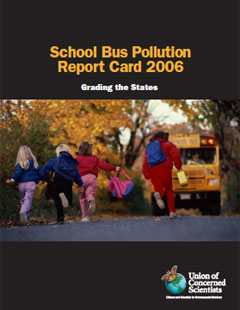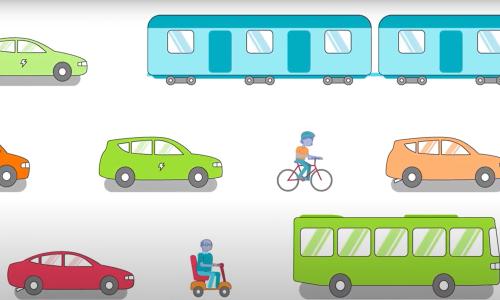School buses are the safest form of transportation for children. Compared with cars or transit buses, school buses are involved in significantly fewer accidents, injuries, and fatalities. However, the pollution from older school buses may pose risks to children’s health that tarnish the image of the familiar yellow school bus. The exhaust from diesel fuel, which powers about 95 percent of the more than 505,000 school buses on U.S. roads today, is linked with asthma, heart disease, cancer, and even premature death. recent studies have found that pollution can concentrate inside school buses, leading to even higher exposures for children who ride buses. Luckily, today’s cleaner fuels and pollution controls for diesel vehicles can dramatically cut pollution from school buses. Many states have made progress in reducing pollution, but we are still a long way from ensuring that our children are riding in “clean” school buses. This report analyzes the amount of pollution released from the average state school bus. Each state received a letter grade (A B, C, or D) for estimated tailpipe emissions of soot, which warrants the most concern because of its potential to cause toxic “hot spots”—areas of higher exposure for children in or near buses.




